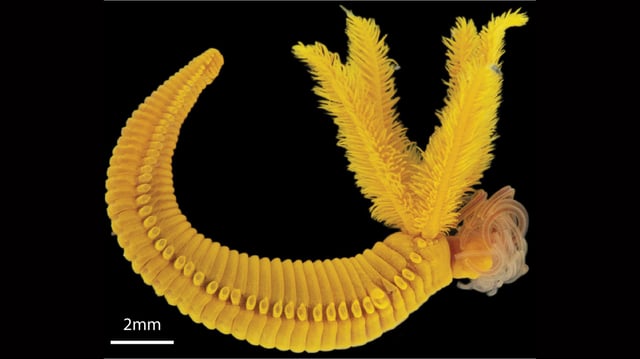Overview
- A peer-reviewed PLOS Biology study from a Chinese Academy of Sciences team details how Paralvinella hessleri thrives on the hottest western Pacific hydrothermal vents.
- Arsenic accumulates in the worm’s outer epithelial cells and reacts with vent-derived sulfide to form intracellular orpiment (As2S3) granules.
- The species hyperaccumulates arsenic, with loads exceeding 1% of total body weight according to the analyses.
- Microscopy, spectroscopy, and Raman techniques identified the yellow granules as orpiment, helping confirm the detoxification pathway.
- Proteomic data point to membrane transporters and hemoglobins that may shuttle arsenic and sulfide into vacuoles, and the authors note similar strategies in other species remain a hypothesis.
